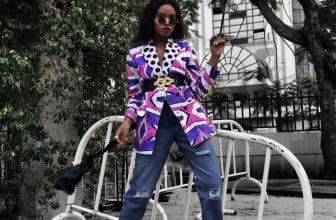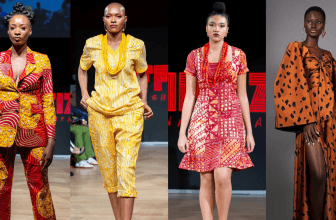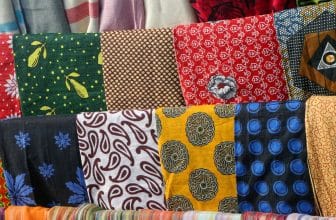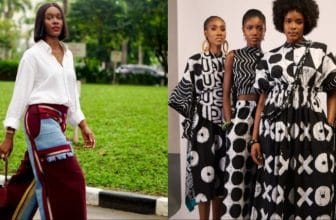The Story of Adinkra Symbols — Ancient Wisdom Woven Into African Fabrics
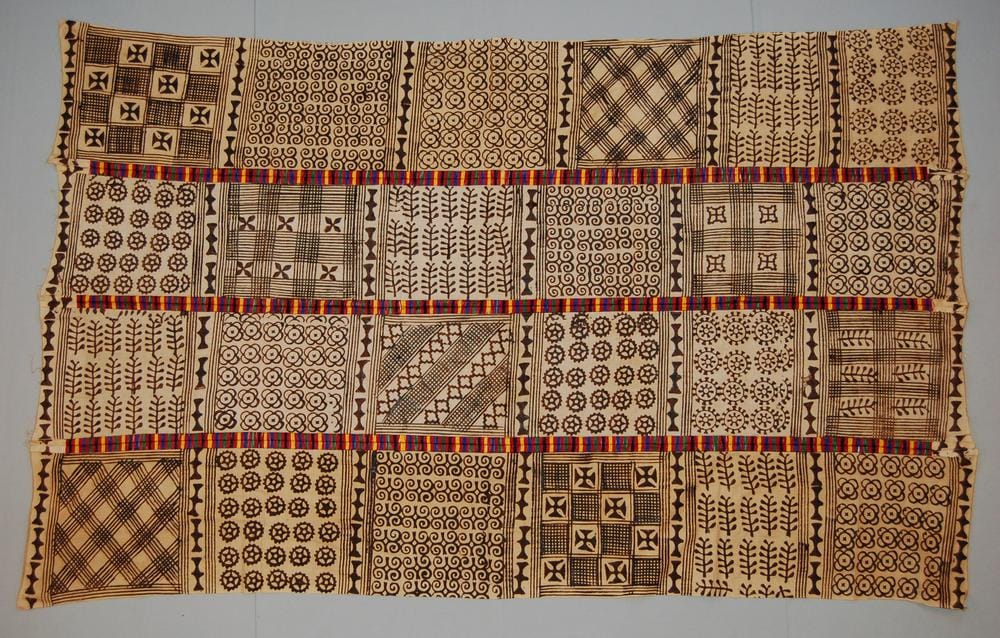
Introduction
Long before logos or digital branding, Africans already had a visual language that told who they were, what they believed, and what they stood for.
In Ghana, that language is spoken through Adinkra symbols — ancient designs stamped or woven into cloth, each carrying a deep message of wisdom, morality, or faith.
Every Adinkra cloth tells a story — not with words, but with shapes. It’s art, history, and philosophy woven into every thread.
1. The Origins of Adinkra — From Kings to Cloth
Adinkra cloth originated among the Ashanti people of Ghana, and its name means “farewell” in the Twi language.
According to legend, the first Adinkra cloth was created for King Nana Kwadwo Adinkra, who wore it as a sign of mourning and respect. Over time, it evolved beyond funerals — becoming a sacred textile used in ceremonies, storytelling, and social identity.
Each symbol carries centuries of meaning, reflecting the beliefs and values of the Akan people.
2. The Meaning Behind the Symbols
There are over 100 Adinkra symbols, each one a piece of wisdom.
Here are some of the most famous ones and what they represent:
• Gye Nyame (“Except God”) — symbolizes the supremacy of God.
• Sankofa (“Return and get it”) — teaches us to go back and learn from the past.
• Duafe (wooden comb) — represents beauty, femininity, and self-care.
• Fawohodie (“Independence”) — celebrates freedom and self-reliance.
• Nyansapo (“Wisdom knot”) — stands for intelligence, patience, and leadership.
Each one isn’t just a pattern — it’s a philosophy stitched into life.
3. The Art of Making Adinkra Cloth
Traditional Adinkra cloth is handmade using calabash stamps and natural dyes derived from the bark of the Badie tree.
The dye, called adinkra aduru, produces a rich brown or black tone used for stamping.
The process is spiritual — the artisan carefully aligns each symbol, crafting meaning with every impression. In modern times, Adinkra has evolved into vibrant printed cotton fabrics, but the heart of the craft remains the same: every cloth speaks.
4. Adinkra in Modern Fashion and Design
Today, Adinkra designs are everywhere — from runway fashion to home décor, branding, and even tattoos.
African and diaspora designers now blend these sacred symbols into their collections to express cultural pride and spiritual awareness.
Whether it’s a handbag with Sankofa, or a dress embroidered with Gye Nyame, each design connects wearers back to their roots — a reminder that African wisdom is eternal.
5. The Global Legacy of Adinkra
Beyond Ghana, Adinkra has become a universal symbol of African philosophy.
Artists, educators, and fashion houses use it to honor the continent’s history and resilience.
In a world that often forgets its origins, Adinkra stands as proof that Africa’s visual storytelling is as rich as its rhythm — precise, poetic, and powerful.
Conclusion
Adinkra is more than fabric art — it’s a mirror of the soul.
Each pattern whispers a truth: remember who you are, where you came from, and what you carry within you.
So next time you see an Adinkra cloth, pause.
You’re not just looking at fabric. You’re reading wisdom woven by ancestors.



